Email: info@hdfiberglass.com Whatsapp: +86 15200033566
Views: 0 Author: Site Editor Publish Time: 2022-11-10 Origin: Site








1. What is pultrusion
Pultrusion is a continuous process of manufacturing scrap with constant cross-section. Combining "pull" and "squeeze", pultrusion stretches the material as opposed to the extrusion that pushes the material.
2. Processing of pultrusion
In a standard pultrusion process, reinforcements, such as fiber roving or woven roving cloth or chopped strand, are dipped into resin, followed by a separate preform system, which is then pulled through a heated stationary die to polymerize the resin.
Resin provides resistance to the environment (ie, corrosion resistance, UV resistance, impact resistance, etc.), while glass provides strength in addition to fire safety.
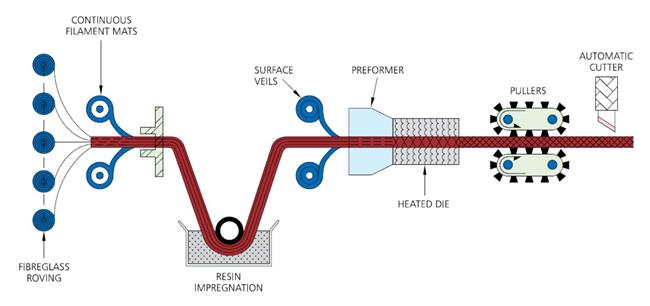
The technology is not limited to thermoset polymers. More recently, pultrusion has been successfully used with thermoplastic matrices such as polybutylene terephthalate (PBT), polyethylene terephthalate (PET) chopped strands by impregnating or wrapping the fiberglass powder in a sheet of thermoplastic matrix, which is then heated.
Compared to composites based on thermoset resins, the ecological cleanliness of the finished product and the almost unlimited recycling (processing) possibilities after resource depletion seem to be compelling arguments in favor of reinforced thermoplastics.
For these reasons, industrial production and the use of a given material have grown by 8-10% per year in highly industrialized countries in recent decades. New developments not only give a practical boost to the manufacture of both straight and curved profiles, but especially in the automotive sector, the demand for this technology is growing.
The pultrusion technique for making fiber glass composites from a polymer matrix appears to be energy and resource efficient.
Both economic and environmental factors favor the use of thermoplastic matrices, but due to the high viscosity of the melt, it is difficult to achieve high productivity and high quality fibrous filler impregnation with this type of matrices.
3. Application field
◆ In the agricultural and chemical industries, for the manufacture of resistant, corrosion-resistant slatted floors with enhanced strength properties for the construction of livestock facilities, chemical plants, etc.;
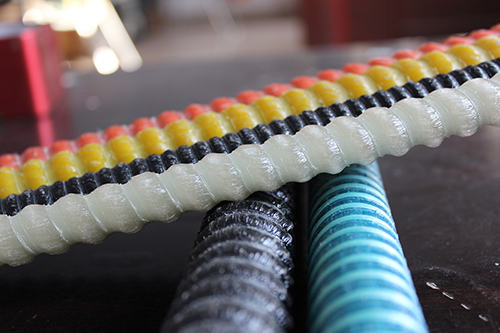
◆ Structural components used in the manufacture of aircraft in the aerospace industry;
◆ In sports and tourism, equipment for the manufacture of equipment with enhanced strength properties: snowboards, ski poles, golf course flagpoles, tent and shed structures, etc.;
◆ In power engineering, for the manufacture of dielectric structures, fiberglass rods for composite insulators and support structures for signal block elements, and fiberglass profiles for the manufacture of transformers and electric motors;
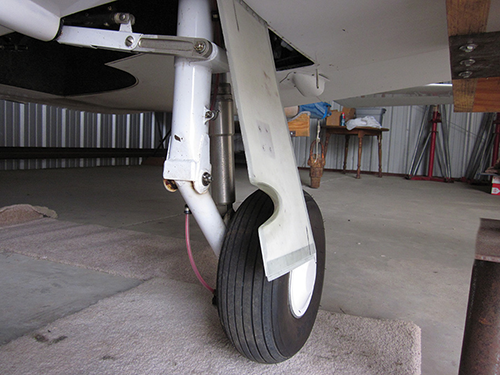
◆ In commercial production, long-fiber molding material (LLM) particles are used as raw materials to subsequently manufacture structures and products with enhanced strength and chemical properties;
◆ In the automotive industry, for the production of vehicle structures and complex parts with enhanced stiffness, stiffness and lightness;
◆ And Boxer uses mechanisms, structures and materials that meet high standards for chemical, dielectric and strength stability in many other industries and factories.
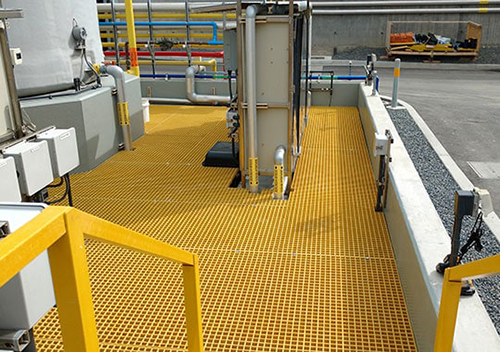
4. Pultrusion equipment
Pultrusion machines vary in design. Two types that are often used are reciprocating (handover) and continuous (cat track).
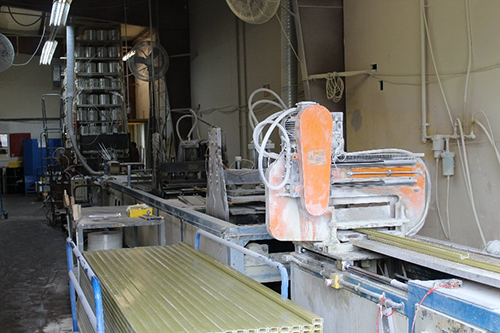
Is it better to choose emulsion or powder for glass fiber chopped strand mat?
Building Stronger Ships: Application Cases And Technical Advantages of Yuniu Chopped Glass Fiber Mat
Yuniu Fiberglass Chopped Strand Mat - Helping Your Project To Success
Corporate Visual Identity of Hebei HaiDing Fiberglass Manufacturing Co., Ltd.
What does the price increase of fiberglass products (chopped strand mat) mean?
Fiberglass Materials for Electrical Insulation and Electronics Applications